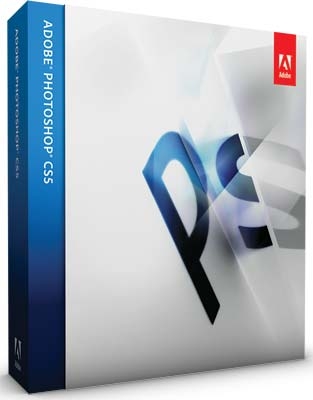6 Popular Bloatware Programs That Aren’t Going Away Any Time Soon
There’s really nothing quite like getting a new piece of hardware. Anyone who has booted up their own computer, laptop, phone, what-have-you, for the first time can attest to the fact that there’s just something…right about a fresh slate. A clean start to the internet and other activities, as it were. But then you start adding what many might refer to—with sometimes incredible vitriol—“bloatware” to your device of choice. It just feels natural to have some programs installed, but that’s only due to their proscribed nature and, often, longevity.
For one reason or another, the various software on this list have committed the ultimate crime: They are too large for no good reason. Sometimes it’s the feature creep that gets them and other times they’re just a waste of space in general. Of course, this list is by no means comprehensive, as there will always be more bloatware out there to skewer, but these are some of the most common, widespread instances of bloatware out there.
1. Adobe Photoshop
Adobe Photoshop is just one massive hog of a program. That’s ignoring the rest of the Creative Suite that’s often packaged with it. Just the one flagship title alone is enough to suck your system dry from time to time. The worst part is that most users won’t even use it beyond cropping some images or other small tasks. Even if they do go above and beyond and start messing with things like layer opacity, that’s only scratching the surface. Though many of the features are useful and not unnecessary to the expert graphic designer, there’s a whole lot of bloat for what the majority of people actually use this thing to do.
2. Microsoft Office
Microsoft Office is another large suite of tools where only one or two actually see use by the majority of users, though, to be fair, it probably has the most tools that average folks might become accustomed to using. Outlook, Excel and Word are often prerequisites on many job applications for computer-based work. That said, that leaves six entirely unused programs in the lineup of the 2007 version alone. When such things as Google Docs, OpenOffice and other less taxing methods of producing the same content exists, why keep the bloatware at all?
3. Browser Toolbars
As far as toolbars go for the various browsers out there, though they aren’t humongous in size or hog a ridiculous amount of resources, there are none that are worth the space and processing power for what they give you. Even the Google Toolbar is mostly worthless when you consider the fact that Google Chrome, arguably one of the best browsers out there, acts like a giant version of the toolbar with more functionality and a better user interface. Besides, anything that’s seemingly designed to make it easier to accidentally install is the devil’s work, and probably not something the company thinks people would want to intentionally install.
4. iTunes
iTunes is the PlayStation 3 of software applications: It only does everything. Well, it tries to do everything. Beyond the unforgivable sin of suggesting other bloatware applications when installing, iTunes is a major hog of resources at any given time. If you’re just looking for an MP3 player or video player, there are much better programs out there, like VLC, that will perform the same functions for less space, resources and the like. How badly do you really need the Genius bar or the iTunes Store? I’d wager not bad enough to keep this baby installed just for them. (Plus, music not downloaded in MP3 format? Still? C’mon.)
5. Mozilla Firefox
This is a tricky one. Along with iTunes, Firefox is slowly becoming the way it is due to feature creep more than anything else. Sure, it suggests a few other bloatware applications but, for the most part, it’s growing larger and larger due to the fact that it keeps supporting more and more. For those who get down to the nitty-gritty of things, it can be useful. For anyone else who is just looking for a clean interface and low file space with their browser, there are a number of better programs to look at. Plus, personally, it just feels uglier with every update, which is very disconcerting.
6. Preloaded Antivirus Software
It doesn’t matter what it is or who put it there, chances are that the preloaded antivirus software that came with your computer is of dubious quality that was paid for by those who made it. Even worse, this is often just the trial version. Not only does it quit working after some time and demand you renew, but it ultimately means that you’ll have to uninstall something from your brand spankin’ new computer. Remember that clean feeling discussed above? Spotting preloaded antivirus software on there is the equivalent of a dirty feeling. The rest of the experience is tainted by this one deplorable, unnecessary hindrance.
Have a tip we should know? tips@themarysue.com
